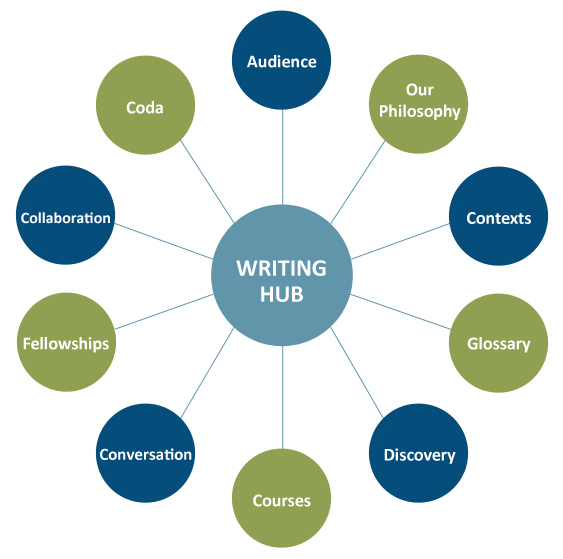CONTEXTS
Much of what is called writing instruction in Australia is actually grammar instruction—in most cases, a focus on style and mechanical correctness. For this reason, writing courses in Australia are often labelled content-free zones and eschewed by degree directors who are reluctant to sacrifice six credit points to "non-disciplinary" study.
Discourse analysis continues to be the most common form of language instruction in Australia, with the prevailing theory being the Sydney School—or Systemic Functional Linguistics (SFL)—founded by MAK Halliday in the 1960s. Halliday’s approach is by far the most popular theory of discourse analysis in Australia, and it remains particularly strong at the University of Sydney, where Halliday taught for 30 years. Suzanne Eggins (2005), a leading voice in Australian education and proponent for an SFL-based approach to discourse analysis, wrote in An Introduction to Systemic Functional Linguistics:
- that language use is functional;
- that its function is to make meanings;
- that these meanings are influenced by the social and cultural context in which they are exchanged; and
- that the process of using language is a semiotic process, a process of making meaning by choosing.
These four points—that language use is functional, semantic, contextual, and semiotic—can be summarised by describing the systemic approach as a functional-semantic approach to language. (p. 3)
On the surface, this sounds very similar to a rhetorical approach, but the key differences between the two theories may be best explained by how they treat invention. Whereas rhetorical practice privileges invention, functional grammar is arguably more concerned with what happens after invention has occurred—with arrangement, memory, style, and delivery of language. So, while its value as a language analysis tool is unquestionable, we find it unconvincing as a substitute for rhetorical writing instruction.
In contrast, rhetoric has evolved from a theory of pure persuasion (first spoken and later written) to a broader, multimodal communication theory. In The Rhetoric of Rhetoric, Wayne Booth (2004) traced this evolution, reminding us of “old” definitions of rhetoric: persuasion (Aristotle and Cicero); speaking well (Quintilian); clear expression (St. Augustine); and the application of reason to imagination (Bacon)—in comparison with definitions of “new rhetoric,” which I.A. Richards (1936) classified as “a study of misunderstandings and their remedies” (p. 3).
By returning to the original five canons of rhetoric and adding specific New Rhetorical principles of multimodal communication, the Hub advocates a more theoretical, holistic view of writing as the interplay between text, interlocutor, and audience—or at least the product of that interplay—in real world contexts. Further, it aims to foster undergraduate writing research by immersing students in a community-engaged, interactive, and integrated writing environment comprised of face-to-face instruction in a custom-designed multimodal writing lab, online instruction via interactive web resources, and extended learning via writing internships and fellowships with community partners. This approach increases students’ awareness of the interconnectivity of the various contexts of writing and their ability to interact in multimodal environments, both in the university and in the workplace.
Our rhetorical approach has presented a challenging learning curve for both teachers and students of writing, as it anchors writing instruction in a discipline that is (a) not yet established in Australia and (b) highly suspect due to popular connotations of the word “rhetoric.” However, we argue that other approaches to teaching writing have failed to help students create texts by focusing too narrowly on features of style, grammar, or language rather than methods of invention or discovery. For this reason, we believe, and preliminary research data suggests, that the rhetorical approach is more suitable for helping students invent texts, particularly in first-year writing, while other approaches can certainly complement analysis, revision, and interpretation of texts (style, arrangement, and delivery). Our rhetorical approach is proving successful in teaching writing to both native and non-native speakers of English in the Writing Hub.

